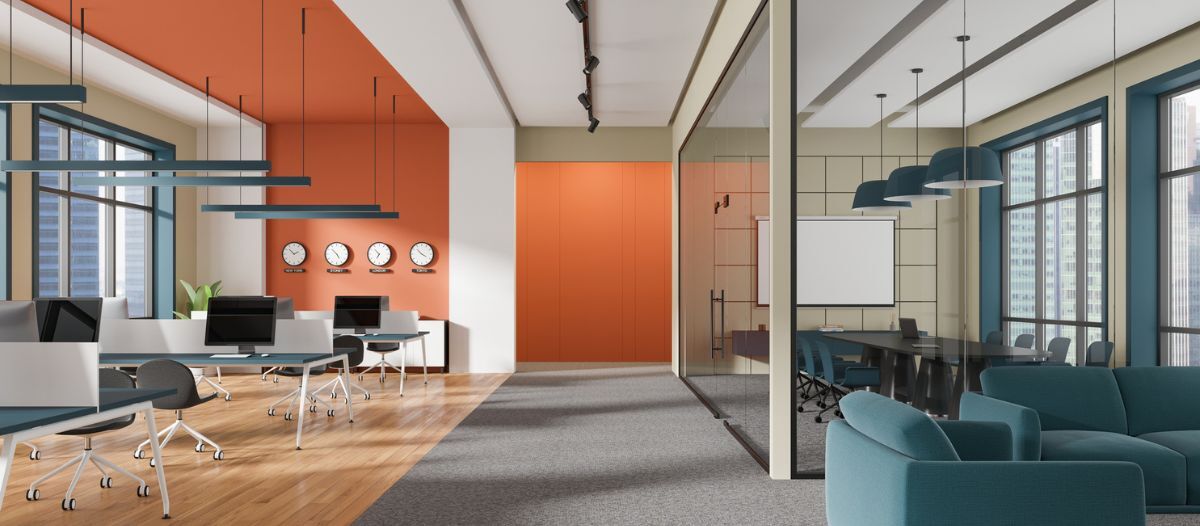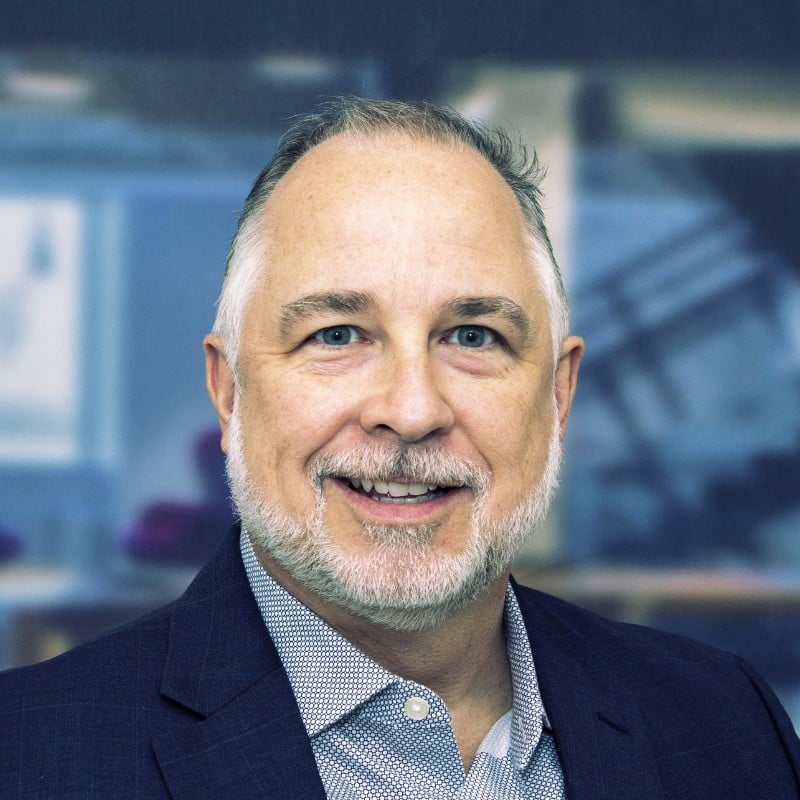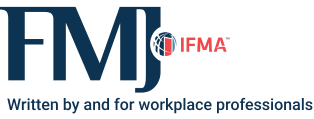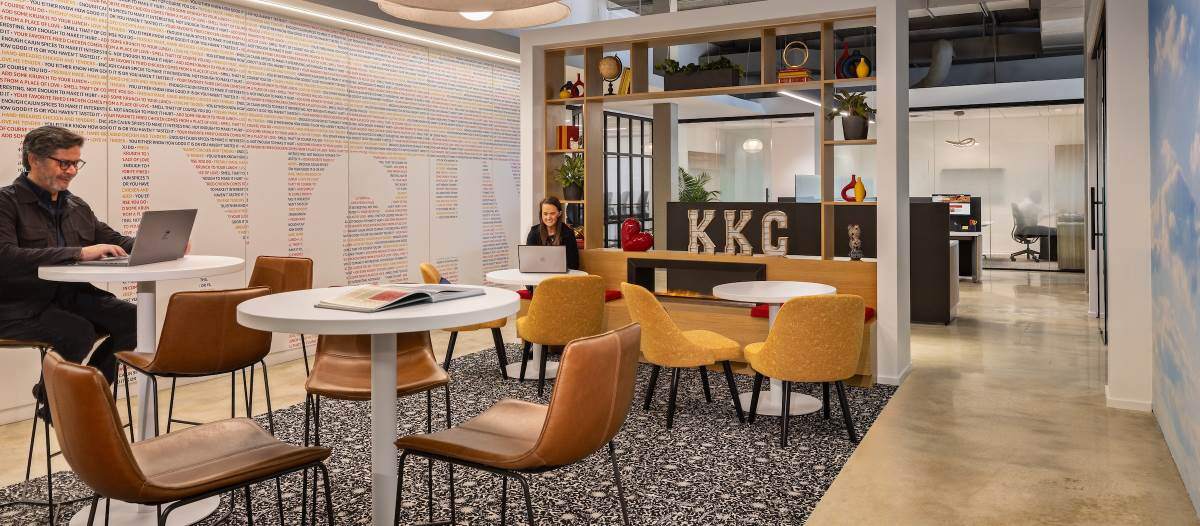World-class FM
Creating better workplace experiences

Over the past several years, there has been an increased emphasis on creating excellent workplace experiences for employees. This includes ensuring facilities are modern and functional, workstations are operational and employees are comfortable and have what they need to collaborate effectively and get their jobs done.
In a 2021 survey, Willis Towers Watson (WTW) found that 92 percent of employers say enhancing employee experience is a priority over the next three years. This is up from 52 percent before the pandemic.
Several factors are driving this trend, including the fact that the pandemic has fundamentally changed employee expectations about how they work. Remote and hybrid working scenarios are more common than ever, meaning employers need to rethink how and why they use their office space. Instead of simply giving workers a desk, a monitor and a phone, employers must reconsider the goals of their facilities. They must ensure their employees have a solid purpose for going back in person — and that, when they do, they will have a seam-less experience.
Top reasons to enhance workplace experience
There are several benefits to enhancing employee experience through better facilities and space management. For instance, with optimized workplace experiences comes higher productivity and an easier time attracting and retaining talent.
Enhancing productivity & optimizing workflows
Studies have repeatedly shown that positive employee experiences increase productivity. If employees feel comfortable at work (for example, if the spaces are clean, the facilities are bright and the equipment just works), they can better focus on getting their work done.
The same 2021 WTW survey found that organizations that invest in their workplace experiences are 2.7 times as likely to report higher productivity compared to others in their industry.
Additionally, when organizations invest in rethinking their maintenance workflows, such as implementing a modern work order and maintenance system, their employees spend less time reporting issues or waiting for equipment repairs, which means they can focus on work.
If an asset like a projector or monitor is broken, employees are unable to run in-person presentations effectively. They might need to move conference rooms or join a virtual call late, thus inhibiting work from getting done.
This principle goes beyond maintaining equipment like monitors; it is just as important to provide and maintain amenities such as specialty coffee machines, as this also helps employees feel valued and productive while at the office. When a coffee machine is out of order, or it runs out of grounds, it can cause a problem for the employees who rely on it, and who then need to spend time reporting the issue. By supplying and actively maintaining these high-end amenities, facility management teams are working to create unrivaled employee experiences.
It is clear: When organizations rethink preventive and corrective maintenance workflows, employees can better do their jobs using the assets they need, right when they need them. When they are in the office, they need functional equipment to be productive, other-wise, they might be inclined to wonder why they did not just work from home.
Creating engaging experiences to attract & retain talent
Implementing top-tier facility and space management that is focused on employee experience also helps with recruiting and retaining talent. If a company invests in its spaces and buildings, prospective employees can feel more confident that the organization invests in the success of its workers, as well.
With the rise in remote and hybrid work, there are concerns about new employees missing spontaneous networking or collaborative moments that might otherwise happen in hallways or common areas at or around the coffee machine. From an FM perspective, if leadership at an organization values in-person, collaborative experiences, they can rework their office spaces to facilitate those kinds of interactions. It then becomes easier for employees to collaborate, maximizing the time teams spend in person, fostering a sense of engagement and leading to increased retention.
Factors to consider when rethinking FM & employee experience
Organizations with state-of-the-art FM programs know the impact that employee experience can have on an organization.
Many strive to provide the highest quality. For industries such as investment banking or legal services, they compare their workplace experience to a five-star hotel. They try to anticipate issues before they occur, so their end users do not experience any effects, and often do not even know there was an issue at all.
However, creating a world-class experience does not just happen; there are many moving parts and crucial steps that teams need to consider. Here are several factors to keep in mind as teams think about their FM strategy.
A top-down approach
Great employee experiences come from the top, and leadership must take an empathetic approach to their employees’ needs and business requirements. This includes setting up better communication mechanisms, such as surveys or casual forums, so employees can give feedback on their environment and even help shape renovations or updates.
By engaging employees in these discussions, workers know their voices are heard, and leadership knows they are creating an experience that works for their teams.
The right tech at the right time
Another thing executive teams should consider when revamping employee workplace experience is which tools and technology their organization will need to implement their vision. There are many options, so it is important that teams decide on goals for their facilities to help determine which tech solution to adopt.
FM tech
If one of the goals is to streamline maintenance operations, there are several smart cleaning solutions that help optimize FM procedures. This includes implementing sensors that track usage so that teams can optimize their cleaning schedules. For example, setting up sensors that monitor traffic to restrooms and send an alert when a certain threshold is reached, letting the team know the bathroom needs to be spot checked or cleaned. This ensures the maintenance staff can keep a high standard of cleanliness while focusing and streamlining their efforts.
There are also solutions that continuously monitor critical assets such as HVAC equipment or touch-points, such as coffee machines, in the workplace. If there is an issue, the solution can send an alert to the FM team so they can immediately address the issue.
Space management tech
There are also many tools that help teams optimize their space across buildings, facilities and campuses. For example, sensor technology can help organizations monitor which spaces are frequently used so they can make decisions about how to optimize their layouts and floor-plans; if certain types of conference rooms get more use than others, the organization can consider creating more of those types of spaces. Additionally, if companies see that certain facilities or spaces are not used, they can begin to make smart decisions about right-sizing their buildings or real estate portfolio.
Sustainability tech
Energy management and sustainability solutions are also vital to creating a comfortable, functional working environment. As temperatures become more extreme, staff will expect their employers to ensure their buildings are comfortable.
This includes using sensors to monitor air quality and ensure that building conditions are cool and dry, so employees can better focus on their work. By closely tracking energy usage in their buildings, FM teams can identify long-term trends. For example, if they see an increase in building traffic and energy use on certain days of the week, they can plan to meet those needs in the future.
Additionally, when companies track and manage energy usage to meet government regulations (such as new environmental, social and governance criteria), employees can feel good that their organizations are working toward protecting the environment and meeting sustainability goals.
Integrated solutions
It is important for all this technology to integrate with each other so FM teams and end users do not need to jump between different point solutions.
There are two benefits to this: The first is that, when employees have one interface to adjust room settings, reserve rooms and report equipment issues, they have a unified, streamlined experience. They can spend less time creating an efficient, customized workplace experience for themselves and they can focus more on their work.
The second benefit is that when FM teams have a single platform for all their data, they can more easily visualize performance. They can see space usage data together with energy or asset performance data, which gives a better view into how much the building is being used, and how much it costs to maintain. They can then report on this data much more easily, enabling executive teams to make informed business decisions.
Better workplace experiences
The workplace is changing, and it is more important than ever that organizations put a renewed focus on creating excellent employee experiences. Employees are better able to get their work done, and they feel more valued and engaged. However, implementing a top-tier workplace management program involves coordinating many moving parts.
Important considerations include taking a top-down approach (such as fostering a culture of empathy and listening to employee requirements) to create inclusive experiences. It is also vital to set business goals to choose the right technology that enables teams to streamline operations across maintenance, space, sustainability needs and more. However, although putting a renewed emphasis on employee workplace experience is a complex process that involves many teams, there are also clear benefits, including increased productivity, recruitment and retention, making it well worth the effort.

Paul Head II is a digital leader and director of sales at Nuvolo. He has more than 25 years of experience delivering business processes, requirements, technology strategy, procurement, and implementation services of real estate, construction, workplace and FM technologies.
Read more on Workplace and Occupancy & Human Factors or related topics Workplace Utilization and Occupant Services
Explore All FMJ Topics









